In Architecture there are many elements of composition such as scale, light, rhythm, symmetry…
These elements are the things that architects think about when designing a building.
SCALE
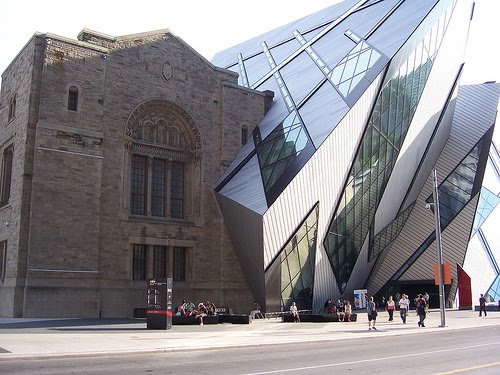
Scale refers to the size of a building relative to its surroundings and other objects, including human bodies. When looking at a building from the outside, consider how large the scale is compared to other structures. We also need to think about the landscaping and how it relates to the building as a whole. Proportion is slightly different from scale and describes the relationship between different parts of an object.
LIGHT
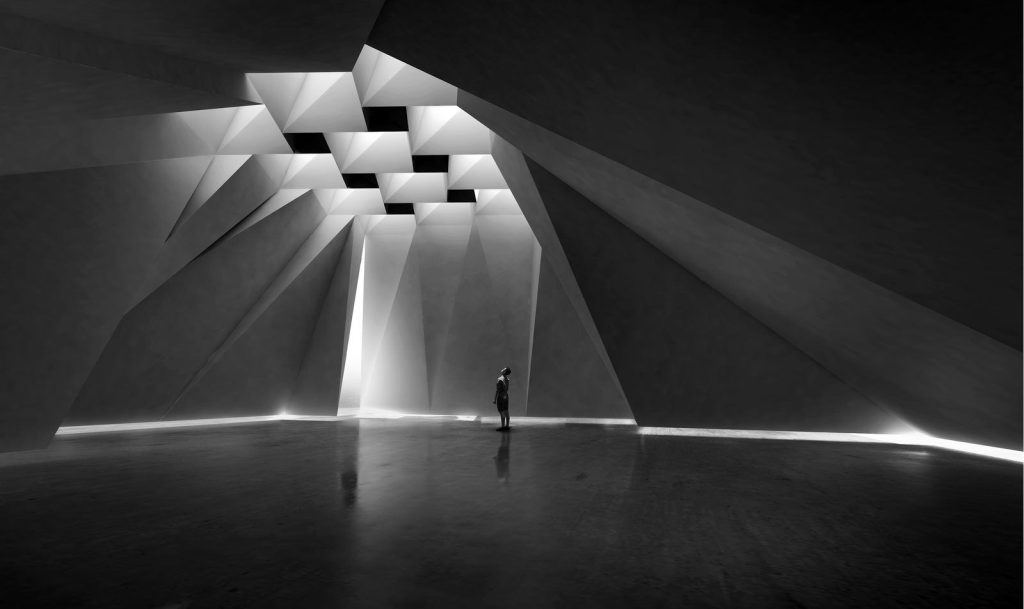
Architecture analysis should always comment on the use of light. We need to consider the different types of light we perceive: Natural light, bright light, or filtered light. Light can be colored, like the light that shines through the stained-glass windows of a Gothic cathedral. You can also create contrast on the facade of the building.
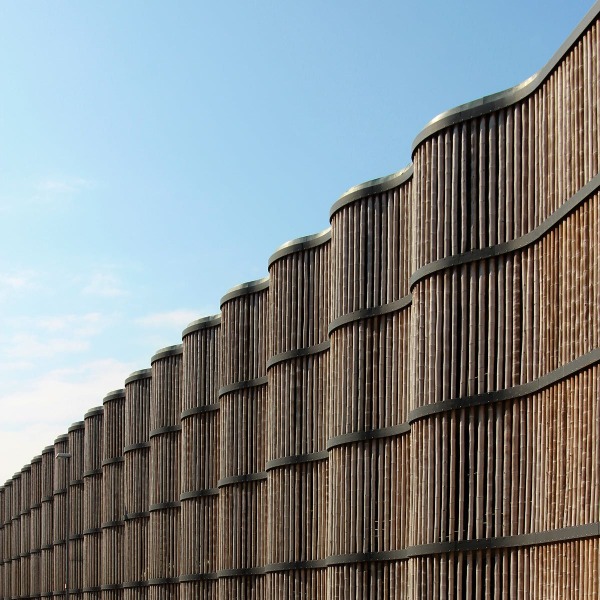
RHYTHM
In architecture, rhythm refers to the alternation of bodies and voids within a structure. Consider, for example, the regular rhythm formed by the uniform windows of a skyscraper. We can also think about how repetition creates rhythm and how these elements contribute to the experience of structure.
SYMMETRY
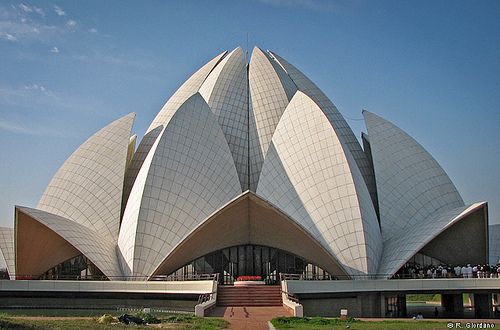
One way to think about architectural balance is to look at the symmetry of a building. Symmetry is when his two halves of a facade or building correspond to each other in terms of size, shape and arrangement of shapes. The implied focus is the vertical axis. Symmetrical balance often gives a building a sense of stability, while asymmetrical balance often gives a building movement and dynamism. Asymmetric balance is achieved when neither side of the building reflects or mirrors the other.
COLOR
When used in architecture, color can have an emotional impact on the viewer. Think about how you feel when you walk into a red room or see a building with multiple colors on its facade. You can also consider how you use color to harmonize and contrast with the building’s surroundings.
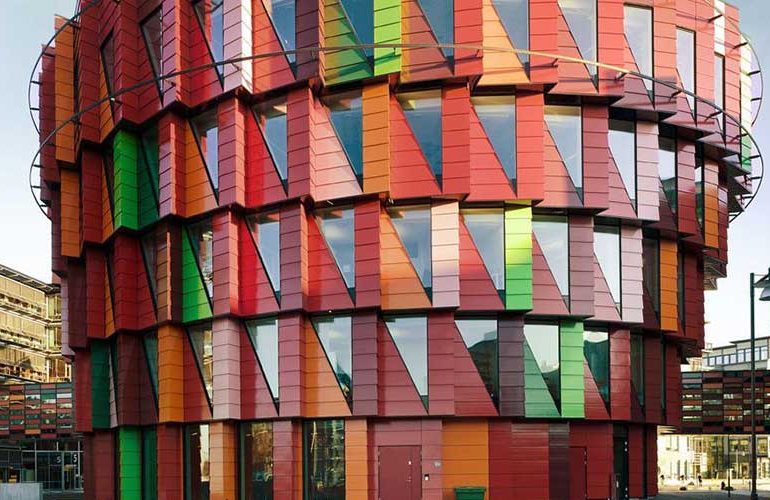
TEXTURE

Texture is the surface quality of an object. For example, does it appear smooth and polished, or rough and rough? The actual surface texture is called tactile or tactile, and the texture that can be seen but not touched is visual or visual. called. For example, patterns can be used to create visual textures. For example, wooden door handles and metal railings can be used to create tactile sensations.
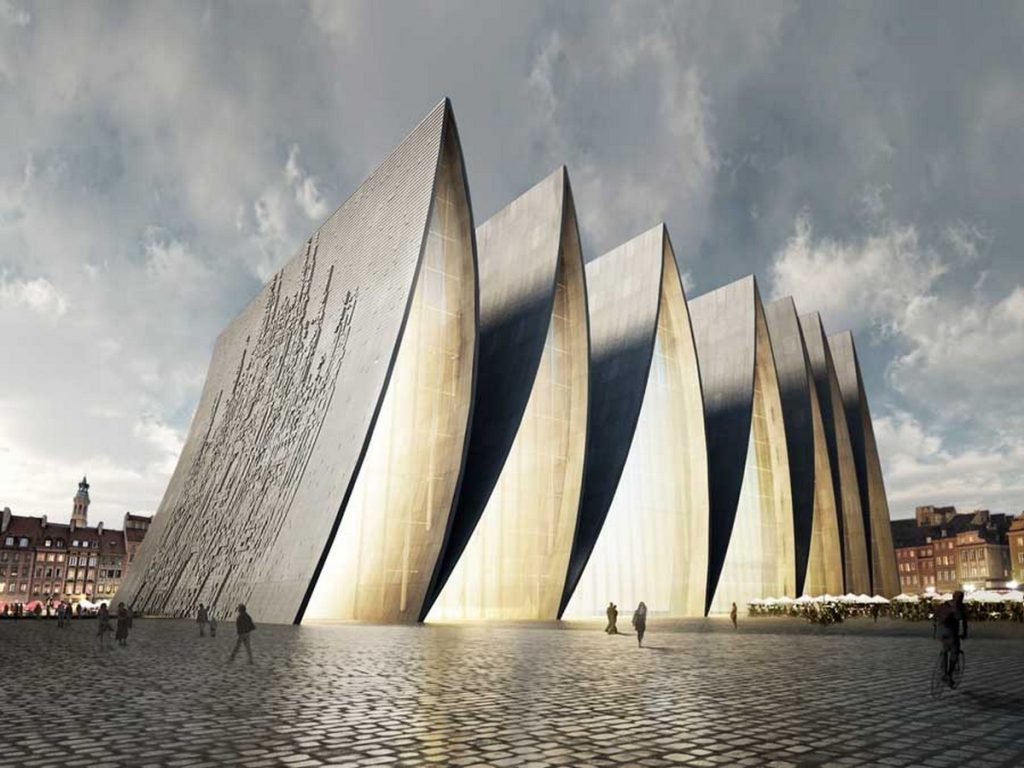
HIERARCHY
Hierarchy is defined when one element is given more importance than another. Hierarchy in architecture is usually given to give meaning and emphasis to elements in the design and construction of buildings. Hierarchies can be created by size, shape, and color.
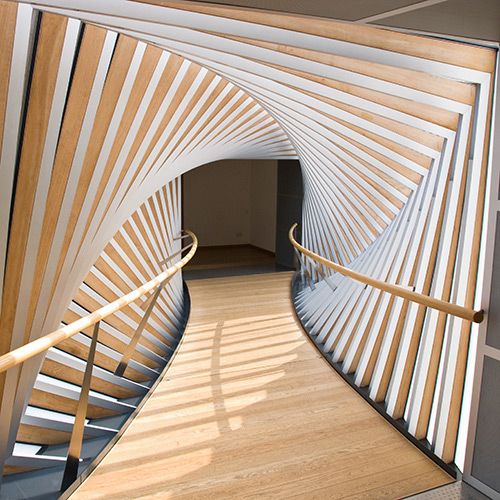
MOVEMENT
Movement in Architecture is an organized system of different types of movement stimulated by specific architectural elements. Like for example bending and curving shapes.